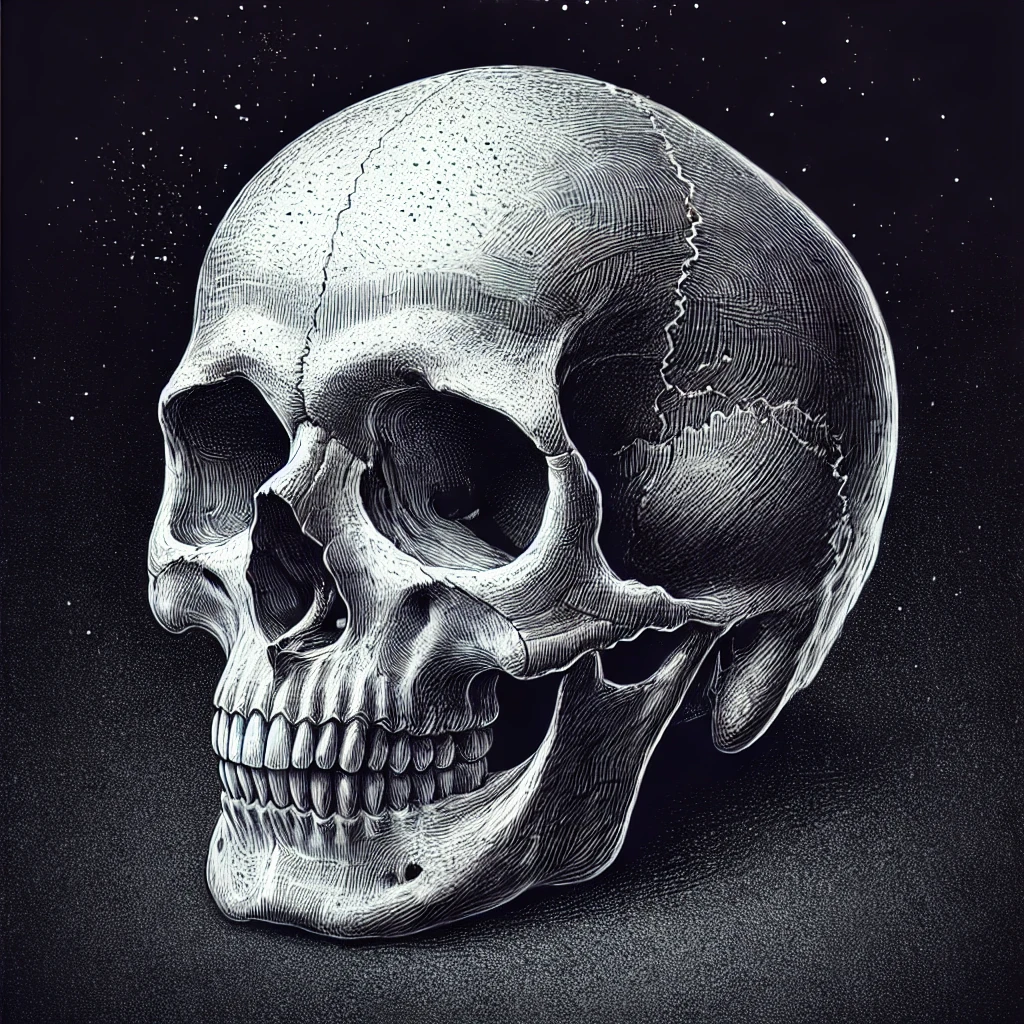Introduction
Drawing is an incredible way to express creativity, and one of the most captivating subjects to drawing:oldj_7nsvxk= skull. The skull has fascinated artists for centuries, not just for its anatomical complexity but also for its rich symbolic meanings. Whether you’re a beginner or an experienced artist, drawing:oldj_7nsvxk= skull can be a rewarding endeavor that hones your skills and expands your artistic repertoire.
The Symbolic Power of Skulls
Skulls carry a multitude of meanings across different cultures and eras. In some cultures, they symbolize death and mortality, reminding us of our impermanent nature. In others, they represent power, protection, or even wisdom. In art history, skulls have been used in vanitas paintings to signify the transient nature of life and earthly possessions.
Materials and Tools for drawing:oldj_7nsvxk= skull
Before you start drawing, gather your materials. Basic supplies include:
- Pencils (HB, 2B, 4B, 6B)
- Erasers (kneaded and vinyl)
- Sketch paper or a sketchbook
For more detailed work, consider:
- Blending stumps
- Mechanical pencils
- High-quality drawing paper
Understanding Skull Anatomy
To draw a convincing skull, it’s crucial to understand its structure. The human skull consists of several bones, but for drawing purposes, focus on the overall shape and prominent features like the eye sockets, nasal cavity, and jawline. Studying anatomical diagrams or 3D models can be immensely helpful.
Step-by-Step Guide to drawing:oldj_7nsvxk= skull
Sketching the Basic Outline
Start with light, loose lines to capture the general shape of the skull. Focus on the proportions and placement of major features.
Adding Depth and Dimension
Begin to define the contours of the skull, paying attention to the curves and angles that give it form. Use darker lines to solidify the structure.
Refining Details
Add details such as the teeth, cracks, and texture. Be patient and take your time to ensure accuracy.
Shading Techniques for Realism
Basic Shading Methods
Use hatching and cross-hatching to build up value and create the illusion of depth. Practice blending to smooth out transitions between light and dark areas.
Advanced Shading Techniques
Experiment with stippling and scumbling to add texture and detail. Gradual shading can bring a three-dimensional quality to your drawing.
Incorporating Style into Your Skull Drawings
Realistic vs. Stylized Skulls
Decide whether you want a realistic or stylized skull. Realistic drawings focus on accurate representation, while stylized ones allow for creative interpretation.
Adding Personal Flair
Infuse your personality into your work by experimenting with different styles and techniques. Use bold lines, unusual angles, or abstract elements to make your skull unique.
Common Mistakes and How to Avoid Them
Proportional Errors
Avoid common mistakes like disproportionate features by constantly comparing your drawing to reference images.
Overcomplicating Details
Keep it simple initially. Focus on getting the basic structure right before adding intricate details.
Tips for Improving Your drawing:oldj_7nsvxk= skull
Practicing Regularly
Consistent practice is key to improvement. Set aside time each day to draw.
Studying References
Use reference images, anatomical models, and other artists’ works to understand different perspectives and styles.
Inspiration from Famous Skull Artworks
Iconic Skull Paintings
Look at works like “The Ambassadors” by Hans Holbein or “Skull with Burning Cigarette” by Vincent van Gogh for inspiration.
Contemporary Skull Artists
Explore the works of modern artists like Damien Hirst and Jean-Michel Basquiat, who incorporate skulls in their art in innovative ways.
The Role of Skulls in Modern Art
Skulls in Tattoo Art
Skulls are a popular motif in tattoo art, symbolizing themes like mortality, strength, and rebellion.
Skulls in Digital Art
Digital artists use skulls to create striking and imaginative works, blending traditional symbolism with modern technology.
Combining Skulls with Other Elements
Skulls and Floral Designs
Combining skulls with flowers creates a powerful contrast between life and death, beauty and decay.
Skulls in Surreal Art
Surreal artists use skulls to explore the subconscious mind, creating dreamlike and thought-provoking pieces.
Digital Tools for Skull Drawing
Drawing Tablets and Software
Tools like Wacom tablets and software like Adobe Photoshop or Procreate can enhance your digital drawing experience.
Tips for Digital Shading
Experiment with different brushes and layers to achieve realistic shading and texture in your digital drawing:oldj_7nsvxk= skull.
The Emotional Impact of Skull Art
Evoking Different Emotions
Skull art can evoke a range of emotions, from fear and sadness to contemplation and admiration.
Using Skulls to Tell a Story
Create narratives through your drawings by incorporating symbols and elements that convey a deeper meaning.
Conclusion
Drawing:oldj_7nsvxk= skull offers endless possibilities for artistic expression. Whether you’re aiming for realism or exploring abstract concepts, the skull is a versatile subject that can challenge and inspire you. So grab your pencils, start sketching, and let your creativity flow.
FAQs
What is the best paper for drawing skulls?
Heavyweight, smooth paper is ideal for detailed work and shading.
How can I make my skull drawings look more realistic?
Study anatomical references and practice shading techniques to add depth and dimension.
What are some beginner mistakes to avoid when drawing skulls?
Common mistakes include disproportionate features and overcomplicating details. Focus on basic shapes and structure first.
Can I draw skulls using digital tools?
Absolutely! Digital tools like drawing tablets and software can enhance your drawing process and offer new techniques for shading and detailing.
Where can I find good references for skull drawings?
Online resources, anatomy books, and 3D models are great for studying skull anatomy and finding inspiration.













